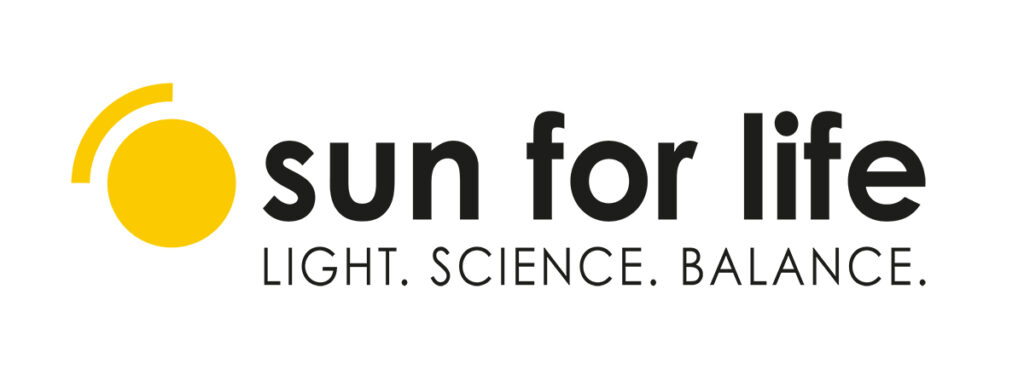Before soaking up those first rays of sunshine, it’s worth asking yourself: is my skin ready for the sun? Proper preparation is not just about aesthetics—it’s primarily about health and comfort.
More and more people are also using tanning beds as a “warm-up” before summer. Here’s a comprehensive look at skin preparation from two perspectives: physical and mental.
1. How to Naturally Prepare Your Skin for Tanning
Cleansing and regeneration
1–2 days before your first sun exposure, consider doing a gentle exfoliation to remove dead skin cells. This helps your tan develop more evenly and last longer.
🐚 Did you know? Regular exfoliation supports the skin’s natural renewal cycle, which lasts around 28 days.
Hydration – inside and out
Daily use of moisturisers with aloe vera, shea butter, or plant oils is essential for healthy skin. Well-hydrated skin tans more evenly and deeply.
🐚 Did you know? Your skin can lose up to 1 liter of water daily through evaporation—and even more under the sun!
A Beta-Carotene-Rich Diet
Include beta-carotene-rich foods in your daily meals—carrots, pumpkin, apricots, spinach. Beta-carotene supports melanin production, the pigment that protects the skin and gives it a bronzed tone.
🐚 Did you know? Drinking too much carrot juice? Your skin may take on a slightly orange tint—a harmless effect known as carotenemia.
Gradual Sun Exposure
Start with short sessions. Your skin needs time to produce melanin, which acts as a natural UV filter.
Learn more about safe and effective sun exposure, according to Dr. Michael Holick.
2. Can a Tanning Bed Prepare the Skin for Summer?
Many people use tanning beds in spring and early summer, believing it helps “harden” the skin before exposure to real sunlight.
Yes, with moderation and awareness
Exposure to UVB and UVA—also present in tanning lamps—triggers melanin production (pigmentation) and thickening of the stratum corneum (the outermost layer of the skin), which both serve as natural forms of sun protection. Melanin acts as a natural UV filter, while thicker skin reflects more radiation.
Regular, short tanning sessions may help your skin adapt to UV, but they do not replace proper sun protection during intense vacation tanning—such as on the beach or during outdoor activities.
Could It be about something else?
For many people, “going to the tanning salon before summer” is also a personal and emotional ritual:
- Tanned skin = better mood. People often say they feel “slimmer,” “more attractive,” or “healthier” with a tan.
- Aesthetic boost: A tan evens out skin tone, hides imperfections, and adds glow.
- Mood booster effect: UV exposure may increase endorphin and serotonin levels, improving mood.
- Body psychology: A tan is often associated with holidays, rest, and energy—it brings a sense of being “ready for summer.”
That’s why many people choose tanning to feel better in their own skin—literally and emotionally. For many, a tan marks the beginning of vacation season.
Remember: Tanning is NOT suitable for all skin phototypes. For example, people with very fair skin, PHOTOTYPE I, should limit UV exposure to a minimum and not use tanning beds.
Let’s enjoy the sun in moderation. Moderate exposure, which doesn’t cause burns, is the key to a healthy and beautiful tan.
Sources:
Stahl W. et al. Carotenoids and flavonoids contribute to nutritional protection against skin damage from sunlight. Mol Biotechnol. 2007;37(1):26–30.
Holick MF. Sunlight and Vitamin D: Both Good for Cardiovascular Health. J Gen Intern Med. 2002;17(9):733–735.
Feldman SR. et al. Ultraviolet exposure is a reinforcing stimulus in frequent indoor tanners. J Am Acad Dermatol. 2004;51(1):45–51.
